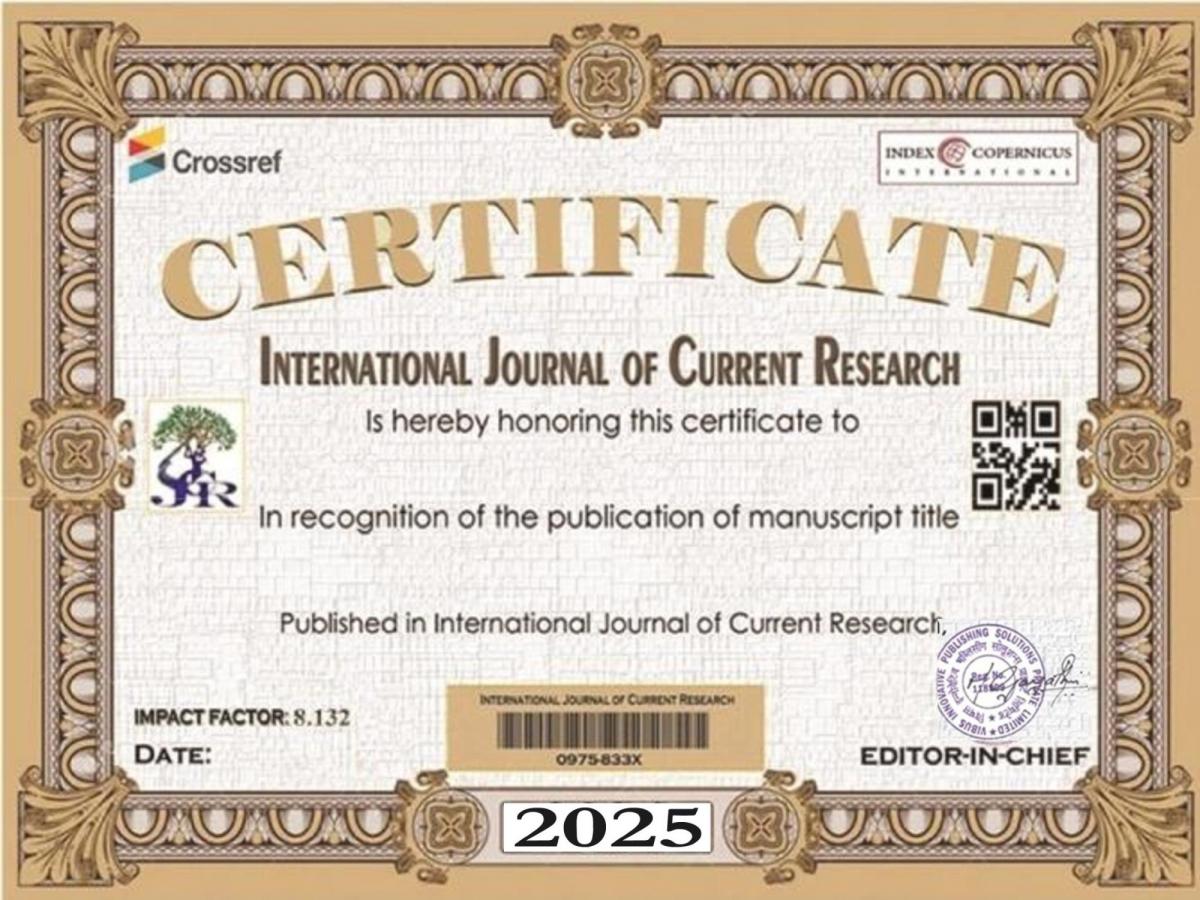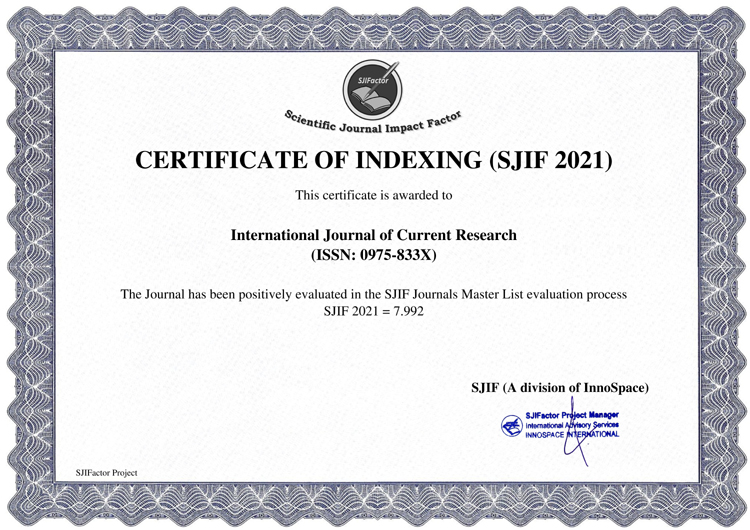Purpose: to evaluate and compare role of grey scale and power Doppler ultrasonography and MRI in the assessment of the extent of damage of hand and wrist joints in rheumatoid arthritis. Material and methods: this prospective study included 25 patients, 20 females and 5 males, mean age 43.48 years±13.64SD. Initial clinical assessment was carried out and Disease Activity Score (DAS28) was used for grading the disease activity; followed by ultrasound and MRI evaluation. Results: Accuracy and validity of US as confirmed by MRI revealed most optimum results in the assessment of tenosynovitis with 100% sensitivity and specificity as well as synovial effusion (100 % sensitivity, 90% specificity). The least sensitivity was encountered in the detection of bony erosions (sensitivity 21.05%, specificity 100%). Significant correlations were found between US parameters for synovial thickening & bone erosions by MRI and DAS28 score. Yet, no significant correlation was found between synovial thickening by MRI and DAS28 score. Conclusion: GS and PDUS are powerful tools for early detection and grading of inflammatory changes and disease follow up. MRI is superior in the estimation of the severity of structural bony changes and recommended as the baseline study for proper treatment and evaluation of treatment outcome.





